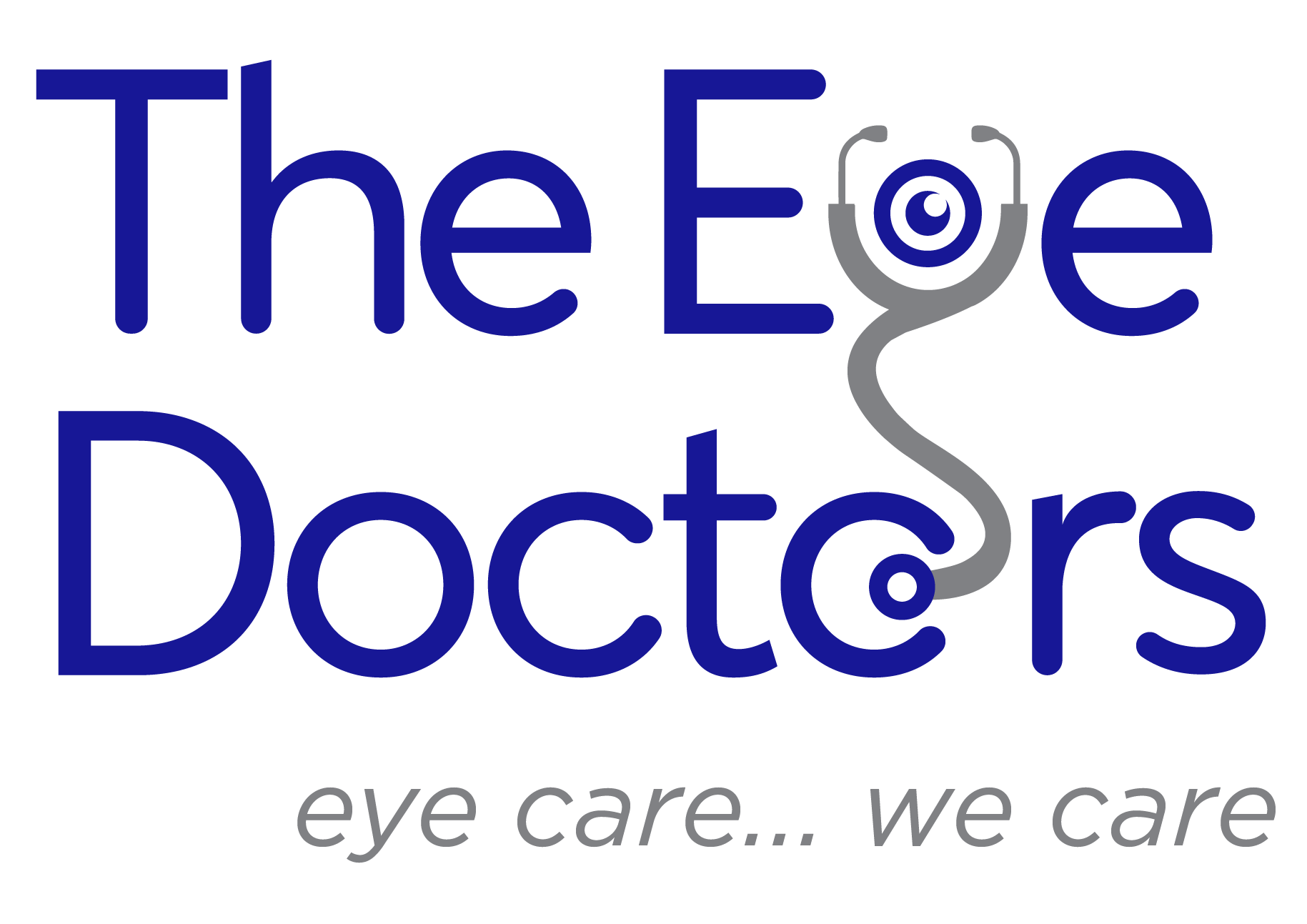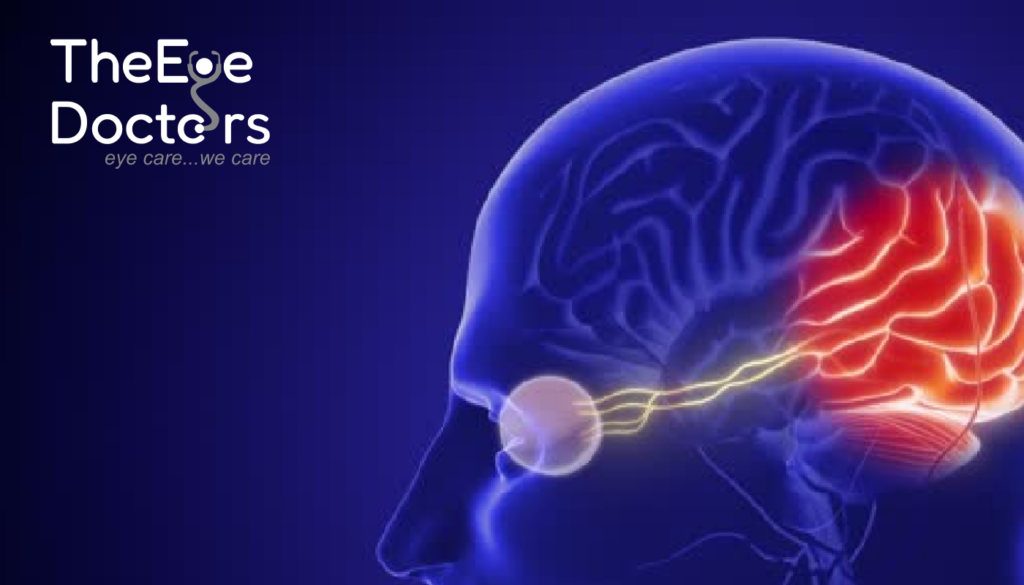Imagine a world where a person who has lost their vision due to injury or disease could receive a transplant of a healthy eye, restoring their sight. The concept of eye transplants sounds almost like science fiction, yet it’s a question that intrigues medical professionals and researchers alike. While eye transplants are not currently possible, the advances in medical technology and our understanding of the eye’s complexities have made it a topic worth exploring. But what exactly makes eye transplants so complicated, and could they ever become a reality?
The Complexity of the Human Eye
The human eye is a marvel of nature, an organ so complex that even the slightest dysfunction can lead to significant vision problems. It’s not just about the cornea, retina, or lens, but also the complex neural connections that send visual information to the brain. The optic nerve is at the centre of this challenge, which transmits electrical signals from the retina to the brain. This nerve plays a central role in the process of seeing, yet it is notoriously difficult to regenerate or repair when damaged. This single fact is one of the primary reasons why full eye transplants are not currently possible.
To make matters more difficult, the eye is not just a simple organ. It’s a highly specialized and delicate structure that includes millions of light-sensitive cells in the retina, the cornea that refracts light, and the lens that focuses images. All these parts must function together harmoniously, and any disruption in one area can lead to vision loss.
The Optic Nerve and Its Challenges
One of the key obstacles in the field of eye transplants is the optic nerve, which acts as the conduit between the eye and the brain. The optic nerve contains over a million nerve fibres that transmit visual information. However, if the optic nerve is disconnected, as in the case of trauma or certain medical conditions, it cannot easily regenerate. Currently, no proven techniques can reconnect or heal the optic nerve to restore sight. This makes a full eye transplant, where the optic nerve must be reattached and functional, incredibly difficult.
Even if we could somehow successfully transplant an eye, there’s no guarantee that the brain would be able to interpret the visual signals from the new eye. The brain would need to “re-learn” how to process information from a new eye, which would require an intricate understanding of neural plasticity and possibly years of rehabilitation.
Immunological Challenges and Rejection
Another hurdle to eye transplants is the issue of immune rejection. As with any organ transplant, there’s the risk that the body’s immune system might attack the foreign tissue. While the eye is considered an “immune privileged” organ (meaning it has mechanisms that help protect it from immune rejection), this doesn’t mean it’s completely immune to the process. In the case of a whole eye transplant, immune rejection could still pose a significant challenge. Immunosuppressive drugs would be required to prevent this, but the side effects of these drugs can be severe and may cause other complications in the long term.
Current Alternatives to Eye Transplants
While whole eye transplants are not yet possible, there have been significant strides in other areas of vision restoration. For example, retinal implants and prosthetic devices offer hope for people with certain types of vision loss. The Argus II Retinal Prosthesis System, for instance, is a device that helps individuals with retinal diseases like retinitis pigmentosa. It bypasses the damaged retina by using a small camera mounted on glasses to capture images and send them to an implanted chip in the retina, which then stimulates the remaining retinal cells. Although this technology is still far from perfect, it represents a promising step toward restoring partial vision.
Another area of active research is stem cell therapy, which holds the potential to regenerate damaged tissues in the eye, such as the retina. For example, scientists are investigating ways to use stem cells to grow new retinal cells and replace those damaged by disease or injury. Similarly, gene therapy may one day be able to repair the genetic defects that cause certain types of blindness.
A Long Road Ahead
Eye transplants are not currently possible due to the complex nature of the eye, the challenges in regenerating the optic nerve, and the risk of immune rejection. However, the scientific community is making strides in related fields such as retinal implants, stem cell therapy, and gene therapy. While we may not see eye transplants in the near future, the ongoing research and innovations in vision restoration technologies offer hope to those suffering from vision loss.
The path to fully restoring sight through transplants may be long and fraught with obstacles, but as science and technology continue to evolve, the future of eye restoration remains filled with promise. Perhaps, in the not-so-distant future, we will witness a breakthrough that brings us closer to the possibility of a true eye transplant—or something even more transformative. While waiting for the advancement of true eye transplants, it’s essential to prioritize your eye health. Schedule regular eye check-ups at The Eye Doctors clinic closer to you. Click to book an appointment today.


Your writing consistently motivates readers to think deeper and take action. I’d love to see you explore how these ideas might shape the future of progress, particularly in areas like biotechnology or renewable energy. Your ability to illuminate complex topics is unmatched. Thank you for always sharing such thought-provoking content—can’t wait to see what’s next!
there
source